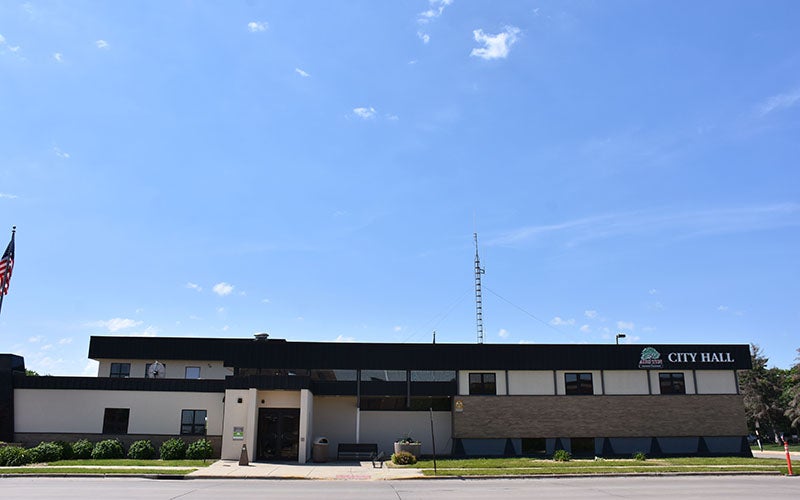Residents raise questions, concerns about proposed wind farm
Published 7:26 am Tuesday, February 23, 2010
The city of Dexter has a little more than 300 residents, and seemingly all of them packed into a crowded conference room Monday to raise questions — and concerns — with a proposed wind turbine project.
The proposal, being brought forth by Renewable Energy Systems Americas, would bring between 130 and 200 turbines to a roughly 80-square-mile rural area bordered by Interstate 90 on the south and east, Highway 56 to the west and Highway 30 to the north.
With the Dexter area already a hotbed for wind farm construction, many in attendance at the Windmill Hotel for Tuesday’s public meeting knew from experience key issues to bring up. Others came from farther away, sans that same experience, but they too focused on several main questions, including:
What will a turbine near my house do to my property value?
Is there a way to address “light pollution” that stems from turbines so I can see the stars?
Will nearby turbines be really loud? And can they be harmful to my health?
I know they’re good for the county … but what do turbines do for an average citizen?
Paul Johnson, development manager at RES America’s Minneapolis office, said from his experience in the wind energy industry, these types of concerns are very common. But he also said that these concerns tend to fade away as citizens get to know more about the company and the particular project.
Johnson said he expects this to be the case in and around Dexter, largely because many residents are familiar with turbines — and not opposed to them, despite what the rhetoric of several vocal detractors would indicate.
“A lot of people didn’t have anything to say,” Johnson said after Monday’s meeting, “because they’re happy with other (area wind turbine projects) and with us.”
The development manager said he hopes the project, which could cost upwards of $2.4 million per turbine, gets the necessary support from the Minnesota Public Utilities Commission and affected counties soon. If that goes smoothly, Johnson said he envisions construction beginning this year and wrapping up by 2012.
Ultimately, Johnson said he sees the proposed wind farm fitting in well with others nearby in an area that is prime for energy production because of flat terrain and strong winds.
“We’re not the first project on the block,” Johnson added.
But many at the meeting seemed to indicate that they wish Johnson and crew never even show up on the block. Perhaps most adamant was Jeff Thoe, who lives in Vernon Township, an area about 10 miles north of Dexter that would border the proposed project.
Thoe, citing studies that he said indicate that turbines can be detrimental to one’s health, pleaded with representatives from the Minnesota Office of Energy Security for a way to stop the project.
“These wind farms, I feel like, are a locomotive we can’t stop,” Thoe said. “I’m concerned for the whole community.”
However, others who expressed concerns also appeared to be more divided on the issue, largely because they acknowledged the benefits of wind energy. This included Debbie Eadie, an Australia native who grew up on a farm in Dexter where her family still lives.
Eadie said right away that she’s a “big supporter” of wind energy, but said developers should be very cautious when constructing large wind farms.
“You should talk to people before they go up,” she said, “because they’re hard to take down.”
Hayfield resident Steve Breza said he was worried that if and when the turbines do go up, they will instantly harm the value of his land.
Breza and his girlfriend live along the edge of the project area, and neither said they could see any positives to having such a big structure near them.
“What’s the benefit?” Breza asked.
Added his girlfriend, Kristine Peterson: “If we knew the towers would go up, we wouldn’t have bought the property.”
But there’s still a lot to be done before any towers do in fact go up. The proposal needs certification from the Minnesota PUC, and citizens will have further opportunities to voice concerns publicly as drafts of the required certification come forward in coming months — comments that do go into a final decision.
And even then, Mower and Dodge counties would need to approve the final project before any towers are built within their borders.
While not speaking for the whole board, Mower County commissioner Tim Gabrielson said that he still needs time to weigh the proposal.
“Personally, I don’t mind the windmills,” Gabrielson said. “But I need to know more.





